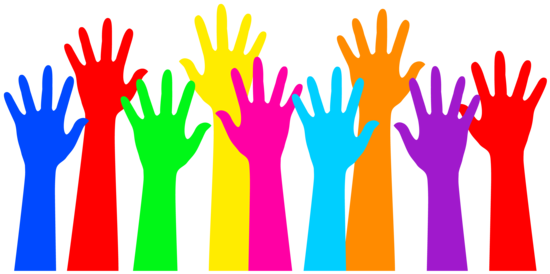Diversity and Inclusion in Arts and Culture

A year and 375 meetings later, CreateNYC prepares to release a report on feedback from arts and culture creatives, activists, advocates, and supporters. CreateNYC is the city’s first ever culture plan which will serve as a roadmap to shape the future of arts and culture in NYC. In the efforts of the city to improve the state of art and culture, many question whether or not the plan is a truly cultural plan of diversity and inclusion that supports the city’s 65% people of color. But why does diversity in leadership, companies, and creative spaces of art and culture even matter?
Without diversity, there is risk of omitting valuable perspectives that can drive to uplift communities in or near poverty. If neglected, these communities can become increasingly under-resourced with less access to opportunities and greater desperation. Based on 2015 statistics, NYC communities near or in poverty comprise 44.2% of the population. Nearly 60% of these communities are Blacks, Asians, and Hispanics. It is not enough to promote a token member of each community and call this diversity when 44.2% of the population is in need. The arts and culture industry reaches everyone in some way whether via radio, concerts, museums, creative spaces, or parks. It is just as important in the arts industry, as in all others, that decision-makers reflect the diversity of their beneficiaries in order to accurately respond to the needs of minority communities. This enables a platform of perspective, cultural competence, and expertise in critical conversations which impact a city that is 65% minorities.
One of the many purposes of art is to enhance communities. Studies show that the mere presence of art and culture in a community improves health, safety, and well-being. For example, cultural resources are linked to a 14% decrease in cases of child abuse and neglect; a 5% decrease in obesity; an 18% increase in kids scoring in the top stratum on English and math exams; and an 18% decrease in the serious crime rate. Given the challenges intertwined with residing in an under-resourced community, access to creative spaces and relevant art is essential. If there are no decision-makers in the arts industry who understand the needs of disadvantaged communities and will advocate for them, it is difficult to cultivate art and cultural spaces that celebrate diversity and cultural contributions impacting society today. Not only does this difficulty block a pathway to well-being, but cities lose out on enhancing their artistic assets and the greater economy. But what specifically causes this positive effect? One major fact helps to answer that question: many dimensions of social wellbeing are tied to economic status. Therefore, where there are positive assets in a community residents can enjoy a happier, more secure life. In terms of community enhancement through leadership, the majority of NYC’s 36 cultural institutions are run by staff who are not from under-resourced communities. While race and ethnicity are not sole proxies for understanding a community, it is important to have voices that are different from the traditional ethnic make-up of the industry in order to ensure that everyone is valued in the community.
The arts and culture industry is among the top five employers of Black/African-American communities, but unfortunately these are not leadership positions. Further evidence shows that a lack of hiring people of color in leadership positions is not due to an unqualified number of candidates. An arts writer for Theatre Bay Area writes, “The problem [of hiring candidates of color for arts jobs]wasn’t a pipeline issue, i.e., that there weren’t enough qualified candidates of color to interview for those positions. The problem, rather, was a glass ceiling issue, meaning bias was preventing qualified candidates from advancing.” In New York City, leadership in this industry is 75% White and staff is 38.4% people of color. Statistics show that there is a need for greater diversity. Furthermore, though the demographic of some communities reflect an association between race and socioeconomic status, there are communities where these are not predictors of each other. Thus, diversifying the arts by employing more people of color, with varying socioeconomic statuses, is key to breaking through the glass ceiling.
New York City is made up of predominately people of color. The art and culture that so many come to New York City to enjoy should reflect that. According to a study by the City Department of Cultural Affairs, diversity in NYC arts leadership does not currently reflect the multicultural society in which it exists. It is important to make an effort to increase diversity in the leadership of the arts in order to: 1) accurately respond to the needs of all communities; 2) take steps towards bridging the opportunity gap; and 3) ensure diverse programming that is accessible and relevant. New York City has a rich history of culture and immigrants from all over the world that is still developing and changing today. As a promoter of creativity, tool for community uplift, and one of the world’s most well-known cities for art, representation is a must. The city’s residents should see themselves in the art and culture surrounding them as it reveals a unique story about how cultures have shaped the present.
Sherylynn Sealy is a first-generation American born in Boston, Massachusetts. She is an artist, educator, strategist, and innovator known for her versatile background. Sherylynn creates solo and group artistic works that depict a positive message of encouragement. She is the founder and dance instructor for a dance group at her church in Brooklyn, NY, Greater Glory Nazarene Ministries. Sherylynn is a Teach for America alumna who enjoys conducting quantitative and qualitative research, and strategic planning. She received her Master’s in Public Administration from New York University in May 2017 upon completion of a fellowship with The New York Community Trust.






